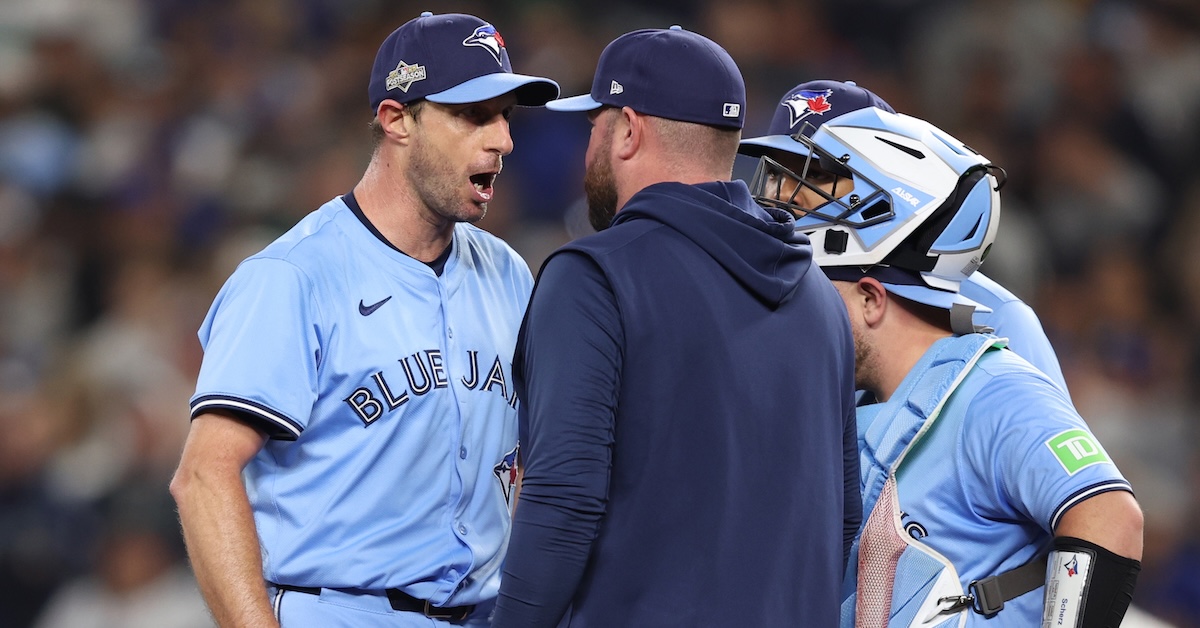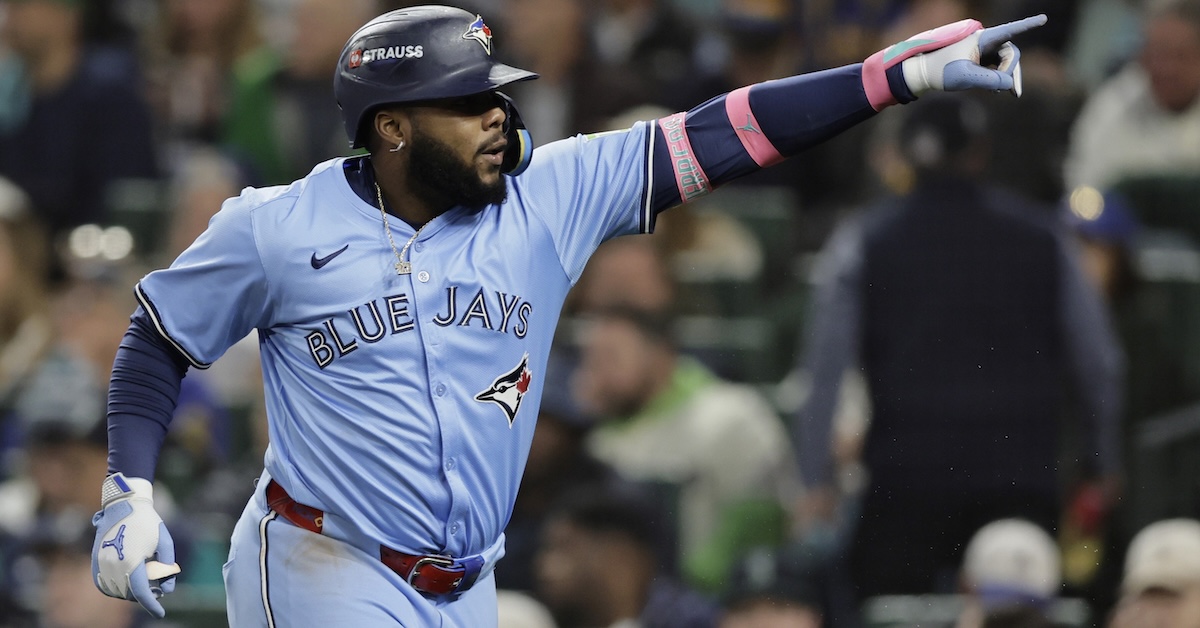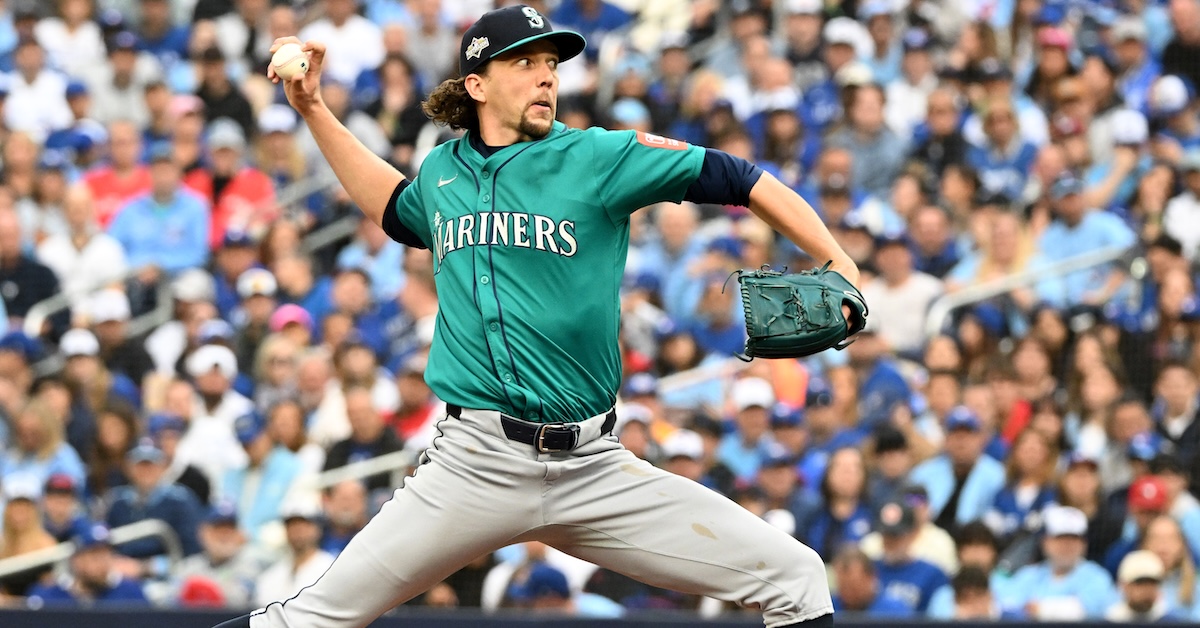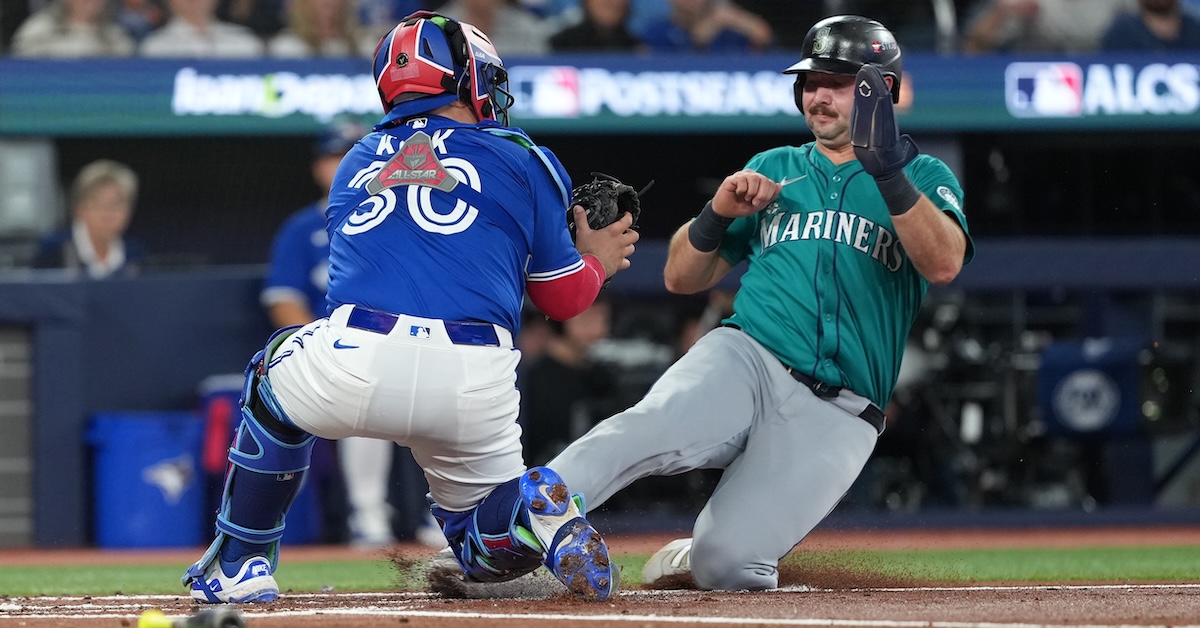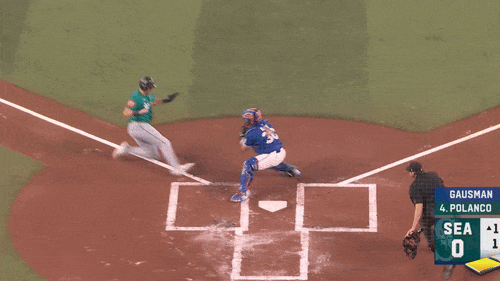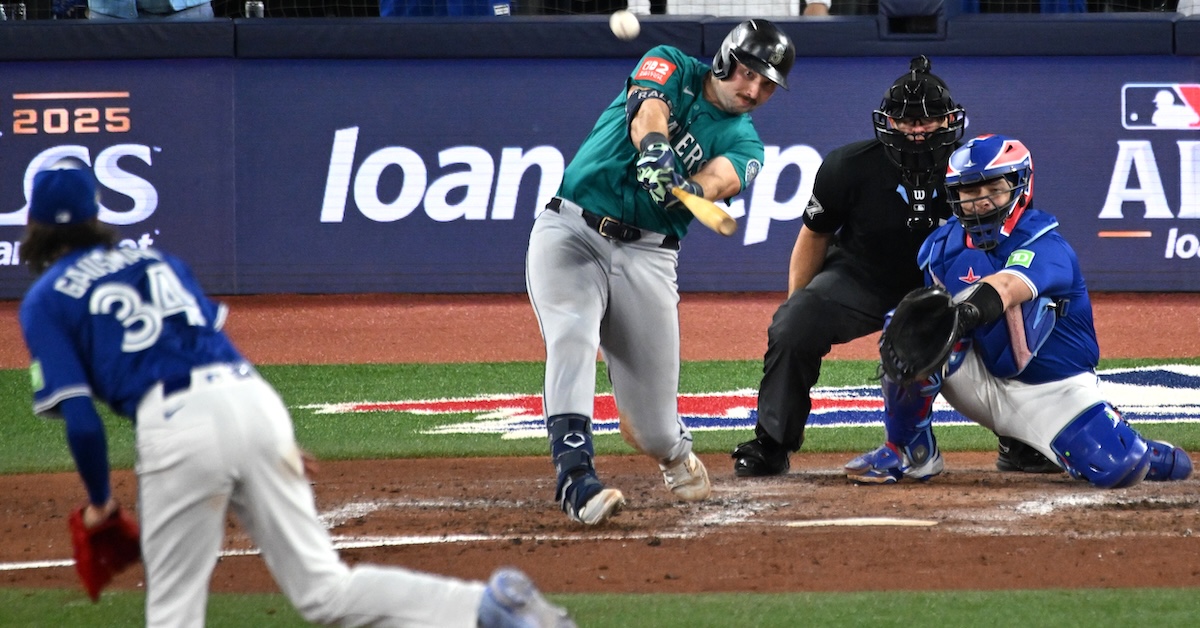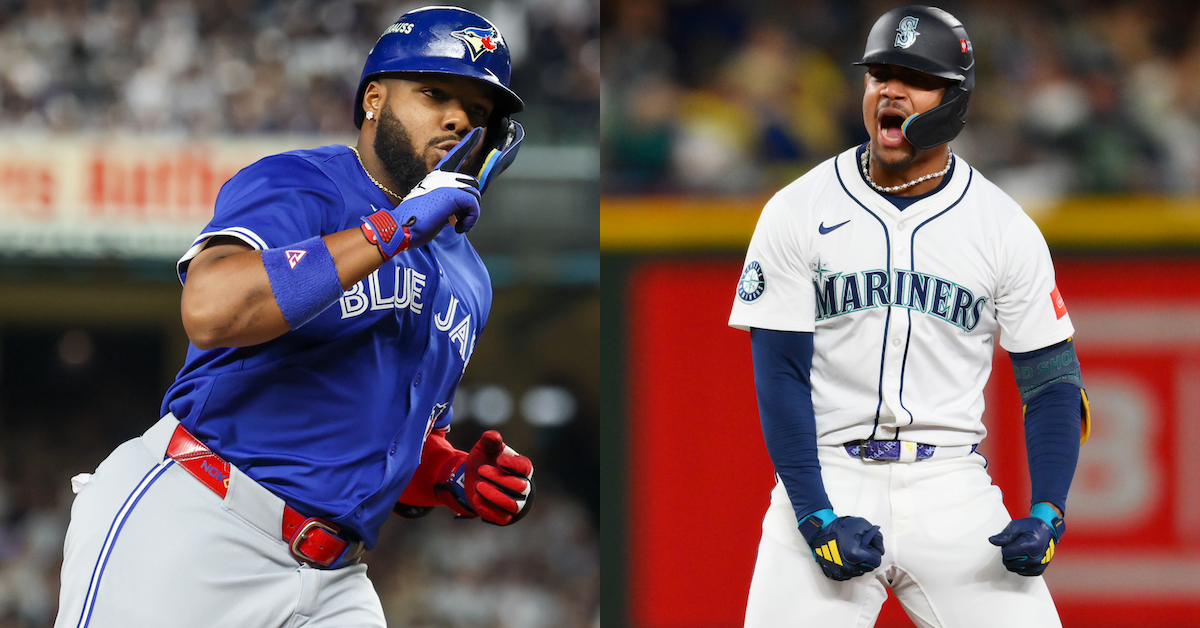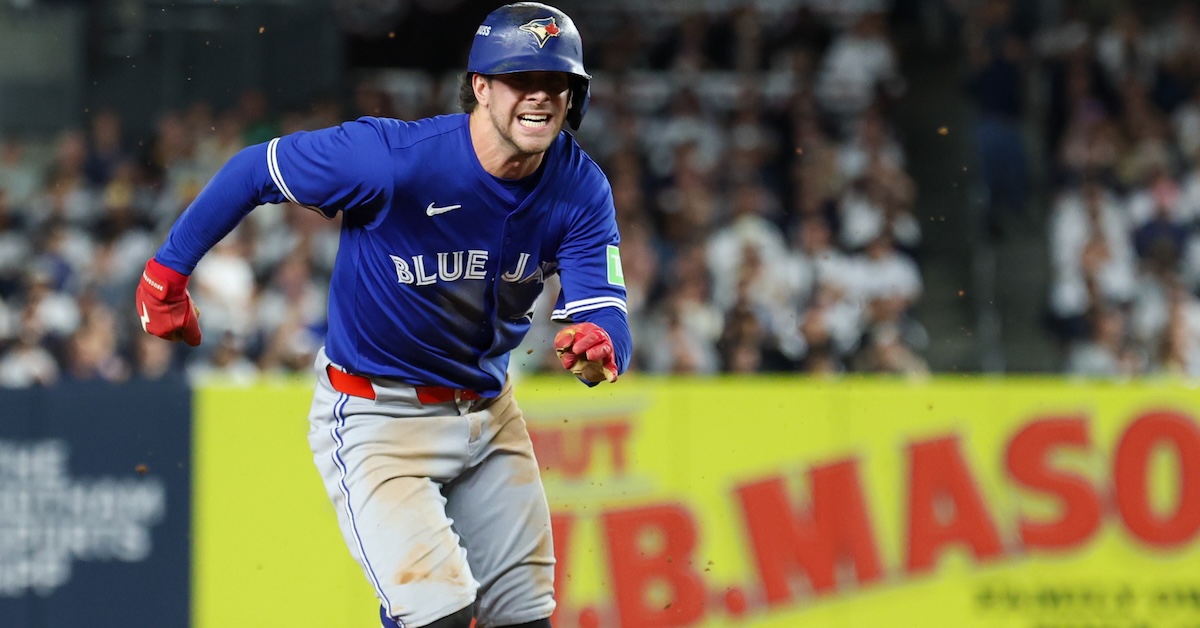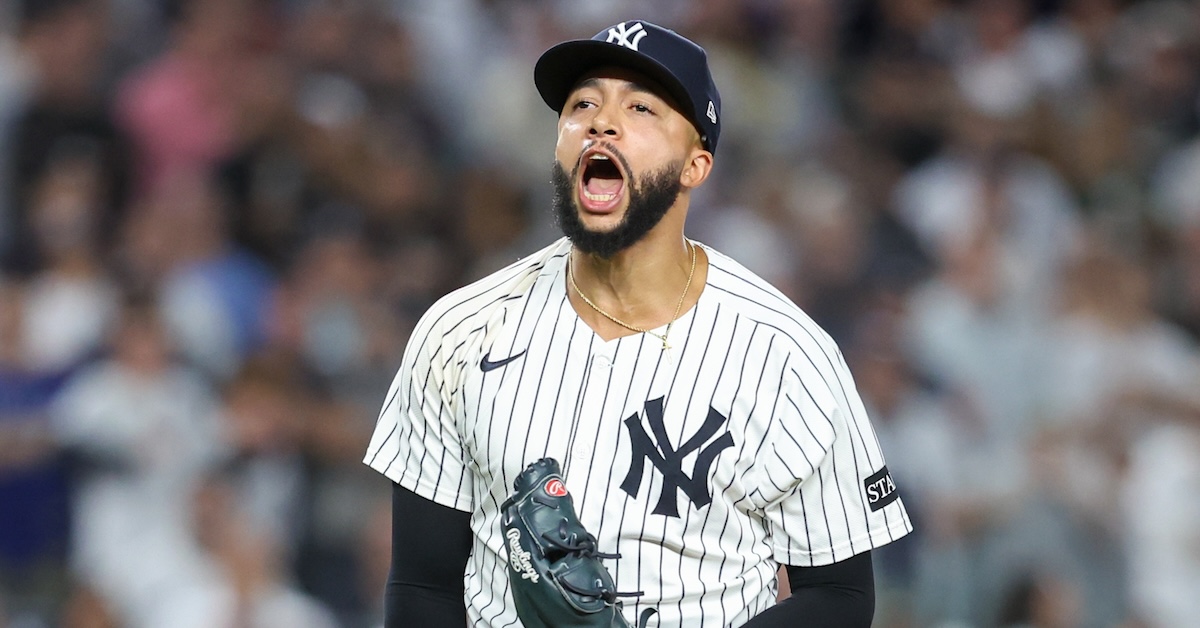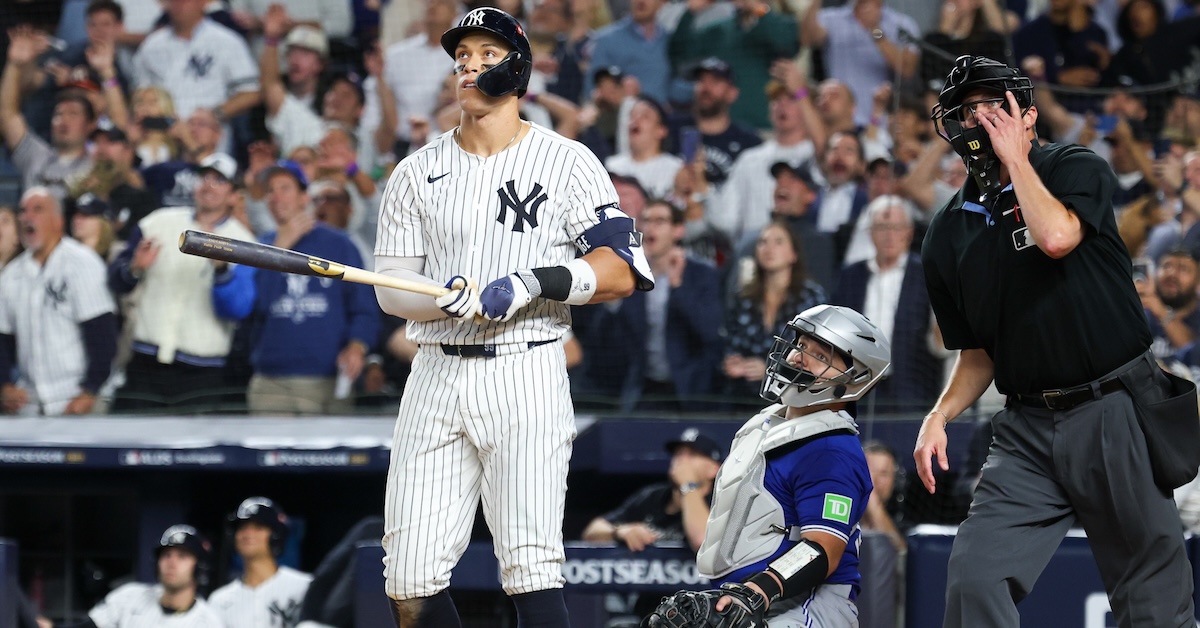With Two Homers in Game 5, Eugenio Suárez Slams Mariners to 3-2 ALCS Lead
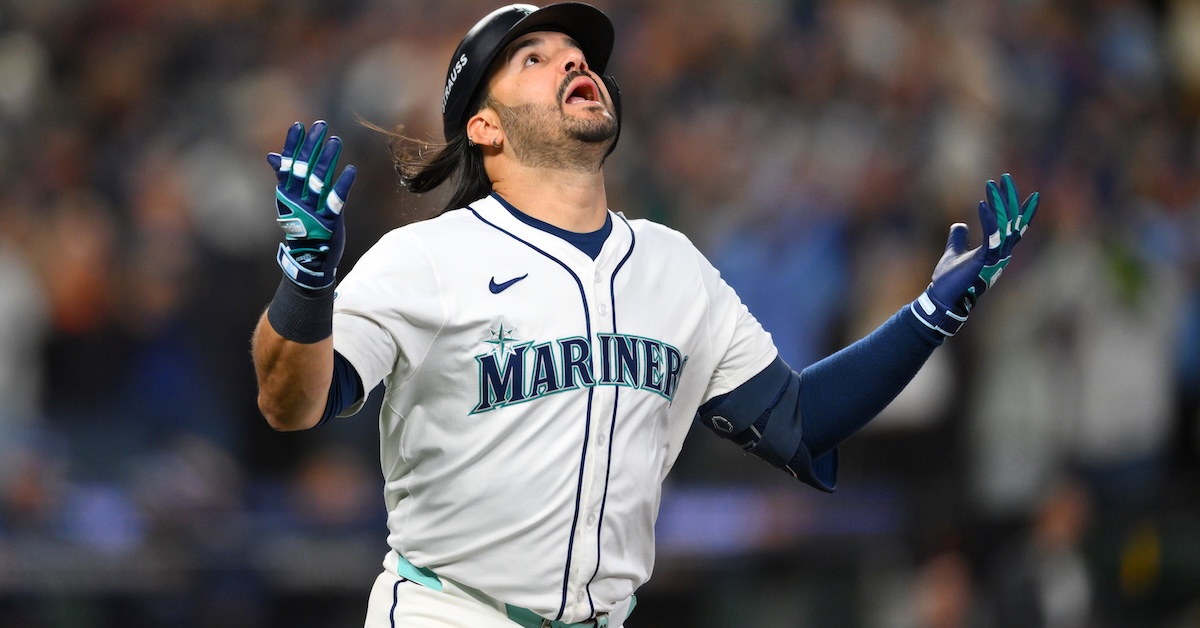
The Mariners and Blue Jays came into Game 5 of the American League Championship Series knowing a five-hour flight lay in their future. What they didn’t know was which team would have a happy flight from Seattle to Toronto and which team would spend the time in the air stewing. It took a long while to figure it out. It wasn’t until the eighth inning that Seattle third baseman Eugenio Suárez finally decided to take matters into his own hands. With a two-homer, five-RBI performance, including a go-ahead grand slam in that decisive frame, Suárez powered the Mariners to a 6-2 win. They now have a 3-2 lead in the series, leaving them one win from the first World Series appearance in franchise history. They will no doubt slumber peacefully as they wing their way to Toronto for Game 6 on Sunday.
Both managers were looking to mix things up on Friday. Toronto’s John Schneider mentioned in both the pregame and postgame press conferences that he wanted to avoid the familiarity penalty by making sure his relievers didn’t face the same batters over and over again. On the other side, Dan Wilson rejiggered his lineup with the goal of “just kind of jumbling it up and creating a different look.” He moved Julio Rodríguez into the leadoff spot, dropped the struggling Randy Arozarena to fifth, kept Cal Raleigh in the two-hole, and pushed Jorge Polanco and Josh Naylor up to third and fourth. Suárez, struggling just as badly as Arozarena with a .162 batting average in the postseason, stayed in the sixth spot.
Friday’s contest featured a pitching rematch of Game 1 between Kevin Gausman and Bryce Miller, when the two starters combined for just three earned runs over a combined 11 2/3 innings. They allowed even fewer runs on Friday. Their two approaches couldn’t have been different. Gausman avoided the top half of the zone at all costs, looking to induce chases on splitters that dived below the zone and earn called strikes on four-seamers that held their plane. Miller threw some splitters of his own, but he attacked with fastballs at and above the top of the zone. He also pitched with abandon. With ace Bryan Woo in the bullpen ready to pitch for the first time since September 19 due to pectoral inflammation, Miller emptied the tank. Both his fastballs averaged roughly 2 mph above their regular season marks. The starters picked up right where they left off in Game 1, facing four hitters apiece in the first inning and pitching around doubles to the opposing lineup’s big star. Miller touched 98 mph, struck out two and gave up a double to Vladimir Guerrero Jr., while Gausman rode his trademark splitter and allowed his own double to Raleigh. Read the rest of this entry »
